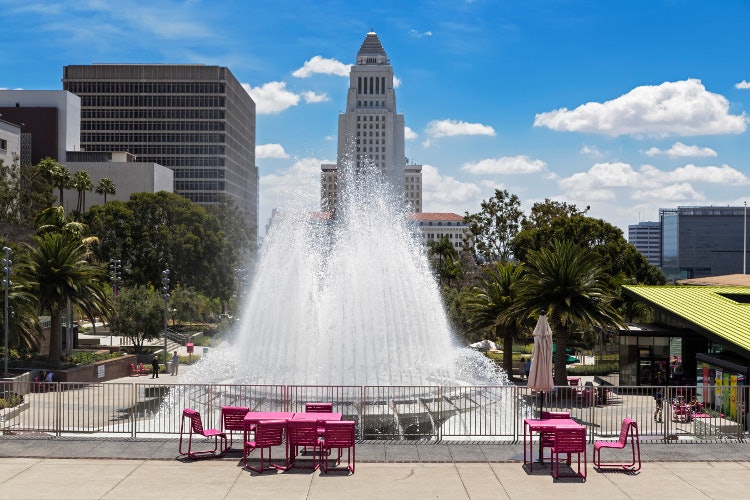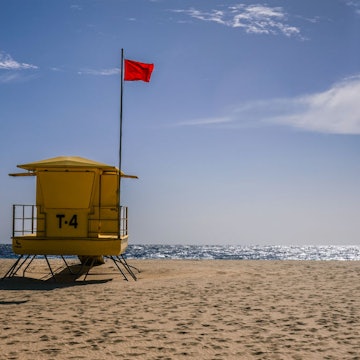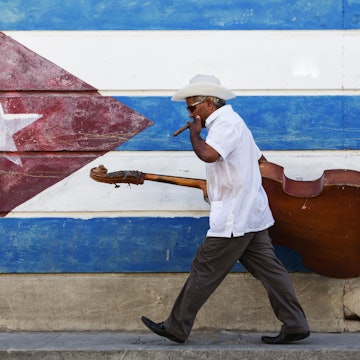
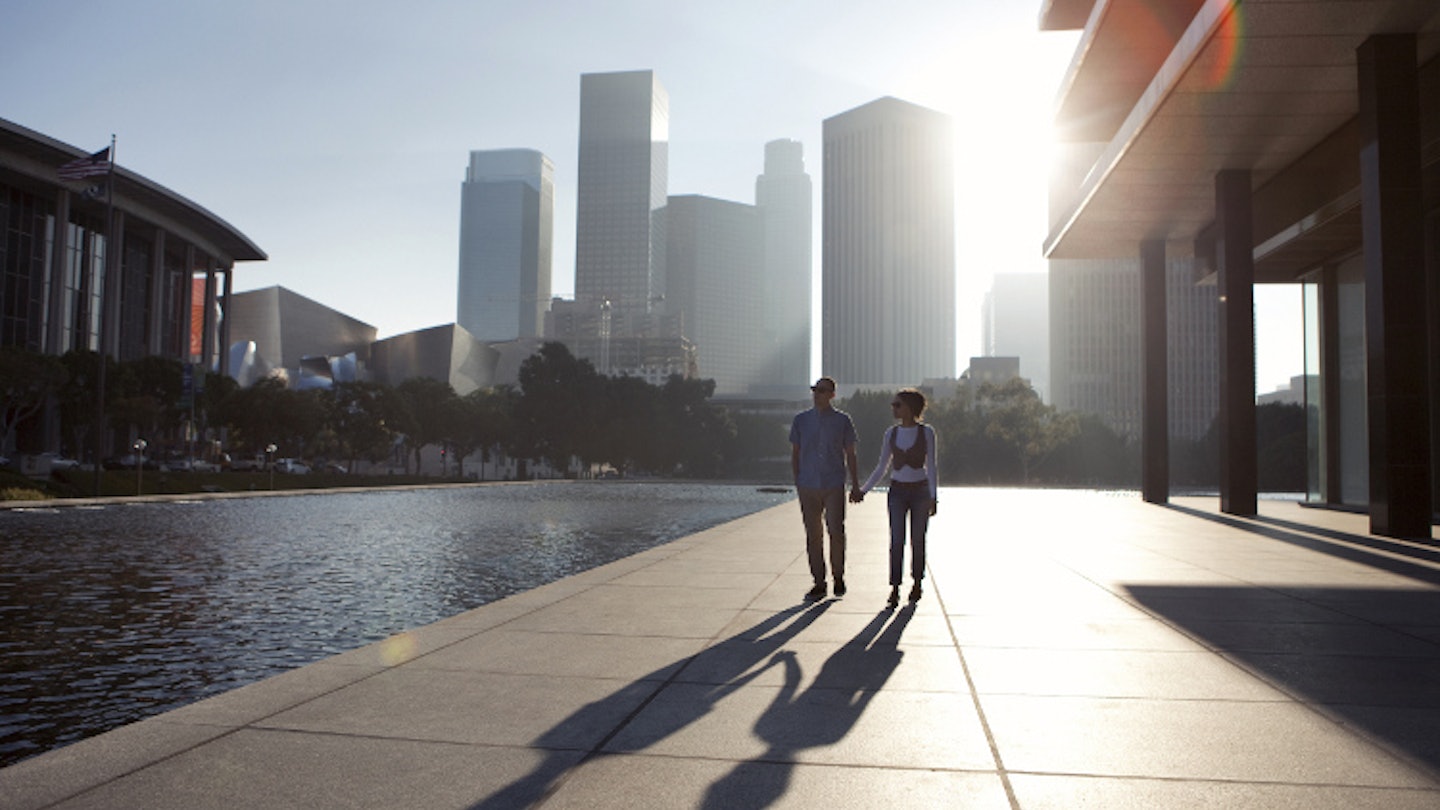
Think of Los Angeles and you probably think of Hollywood, Santa Monica, Venice and Beverly Hills, with Downtown barely registering on the where-to-go radar. And until about a decade ago, you'd have been right - back then this area of the city was a ghost town nights and weekends after office workers went home. These days though Downtown Los Angeles (DTLA to its friends) deserves a few days exploration in its own right. The city’s historic core, seat of government, cultural center, regional hub of business, commerce, law, finance and transportation and ethnic crossroads, is now one of its coolest neighborhoods too.

At lightning speed, everyone has moved in from hipsters to buttoned-down businessfolk. The result: DTLA is one of California’s most vibrant districts, (finally) befitting the nation’s second largest metropolis. Here’s a too-short summary of how to get the best out of DTLA’s past and present in just 48 hours.
Day 1 – Old DTLA
Morning: Mexican-American
The busy, historic district El Pueblo de Los Angeles sits near where the first settlers arrived in 1781, when LA was little more than a dusty, lawless outpost.

Here the pedestrianized Olvera St, is like a trip to Mexico without a passport. Amid gaudy decorations and kitschy souvenirs are some authentic finds: Chicano art; thick, Mexican-style hot chocolate; handmade crafts; and candy. It’s all centered around Avila Adobe, a former ranch house and LA’s oldest existing building (1818). Across the street, the 1822 church affectionately known as La Placita is a worth a peek for its gold-festooned altar and painted ceiling. It’s next to La Plaza de Cultura y Artes, an artistically presented museum of the Mexican-American experience.
On the other side of Olvera St, Union Station (1939) is one of America’s grandest railroad stations. Its cathedral-style lobby melds Spanish Mission and art deco styles, and its architectural charms have led to big screen appearances in films from Blade Runner to Pearl Harbor.
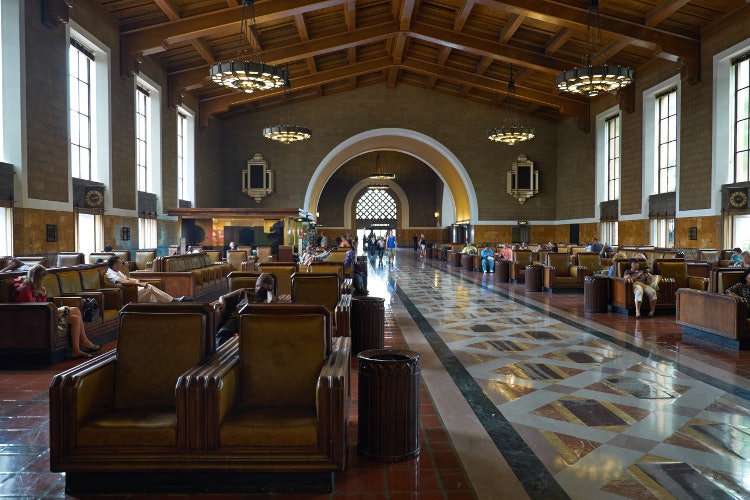
For lunch, head to Chinatown or detour to the food stalls of Grand Central Market (grandcentralmarket.com). In business since 1917, it was just named one of America’s best “new” restaurants by Bon Appetit magazine, thanks to a sweeping renovation.
Afternoon: Asian-American
Union Station was built on the site of the original Chinatown, which has since moved a short walk north. Even though the Chinese-American population has largely left the suburban San Gabriel Valley to the east, Chinatown firmly abides in the community’s and wider city’s heart. Around the unabashedly touristy Central Plaza are dozens of spots to feast on dim sum, Peking duck and boba tea, or to browse for curios, herbal remedies and lucky bamboo. Chinese cuisine not your bag? Philippe the Original (opened 1908) is a classic sandwich shop, one of two claiming to have invented the French dip sandwich. Avant-garde art galleries on once-rundown Chung King Rd are a 21st-century addition, but you can still hear the click-clack of mah jongg tiles from nearby social clubs.

It’s a quick ride on the Metro Rail Gold Line to Little Tokyo. Although LA’s Japanese-American community goes back to the 1880s, Little Tokyo’s population shrank due to their infamous WWII exile to internment camps (the U.S. government later apologized and paid reparations). The Japanese American National Museum engagingly covers the internment and Japanese-American life in general.
Just next door is the vast Geffen Contemporary, a branch of the Museum of Contemporary Art housed in a former police garage cleverly converted by LA-based starchitect Frank Gehry. Across the street, Japanese Village Plaza is a buzzing pedestrian mall with J-pop shops, restaurants selling sushi to cream puffs, and good people-watching, particularly when the teens are dressed for cosplay.

Evening: All-American
End your day at a pro sports match with one of LA’s storied teams: baseball (Dodgers; season Apr-Oct), or, at Staples Center, basketball (Lakers or Clippers; late Oct-mid-Apr) and hockey (Kings; Oct-mid-Apr).
For a nightcap with an old-time twist, the Varnish offers Depression-era style and award-winning cocktails; it’s in the back room of Cole’s (circa 1909), the other restaurant that claims to have invented the French dip. Or catch a band and a brew amid pirate ship decor at Redwood Bar & Grill (theredwoodbar.com).
Day 2 – New DTLA
Morning: Hipster to hip-hop
Breakfast the hipster way at the Nickel Diner, famous for its maple-bacon donut, or with the smart set at the glam Italian restaurant-bakery Bottega Louie. Then head to the Grammy Museum where interactive exhibits remind us that LA is about more than just movies. It’s part of LA Live, where awards shows are held at the Nokia Theatre.

From here it’s a short walk to the Fashion Institute of Design & Merchandising, a private college with a gallery that often shows costumes worn by actors in Academy Award-nominated movies. Bargain hunters: check out the FIDM Scholarship Store, selling new but slightly damaged fashions donated by department stores, for rock bottom prices.
FIDM graduates often go on to launch their own brands or work for established labels in the 90-block Fashion District, worth a browse for clothing from everyday to outré. Or bejewel yourself at America’s second-largest Jewelry District or stock up on party favors to piñatas in the Toy District.
For lunch, Fig at 7th (figat7th.com) boasts branches of some of LA’s best loved eateries, from fresh takes on traditional Mexican at Loteria Grill (loteriagrill.com) to whaaat?-inducing combinations in sandwiches and salads from locally grown ingredients Mendocino Farms (mendocinofarms.com).
Afternoon: High culture
Thus fortified, ascend Grand Avenue to LA’s cultural corridor, where some of California’s most important arts institutions have been built since the turn of the Millennium.

Walt Disney Concert Hall (opened 2003) is Frank Gehry’s signature US building, a shell of swirling stainless steel sheets encasing an equally curvaceous interior; come for a concert by the Los Angeles Philharmonic, one of the world’s leading orchestras, or at least explore its one-of-a-kind exterior via hidden walkways and catwalks. Across Grand Avenue is the main pavilion of the Museum of Contemporary Art, and, just south, the Broad Museum (thebroad.org) which houses an enviable, 2000-piece modern art collection.
One block north, the three theaters of the Music Center of Los Angeles County stage opera, ballet, musicals and plays. Diagonally across the street, America’s largest Roman Catholic archdiocese is headquartered at the postmodern Cathedral of Our Lady of the Angels (2002); look for Jose Rafael Moneo’s unique bell tower and quirky, inverted floorplan.
Evening: The future
At last you’ve earned a rest. Take it at the new Grand Park (2013), which slopes down from the Music Center toward LA’s landmark, ziggurat-topped City Hall (1928). With the sun setting behind you and illuminating City Hall's much-photographed facade as the sky fades purple in the distance, it’s a great place to contemplate this ever-evolving city, convergence point of old, new and yet-to-come.
